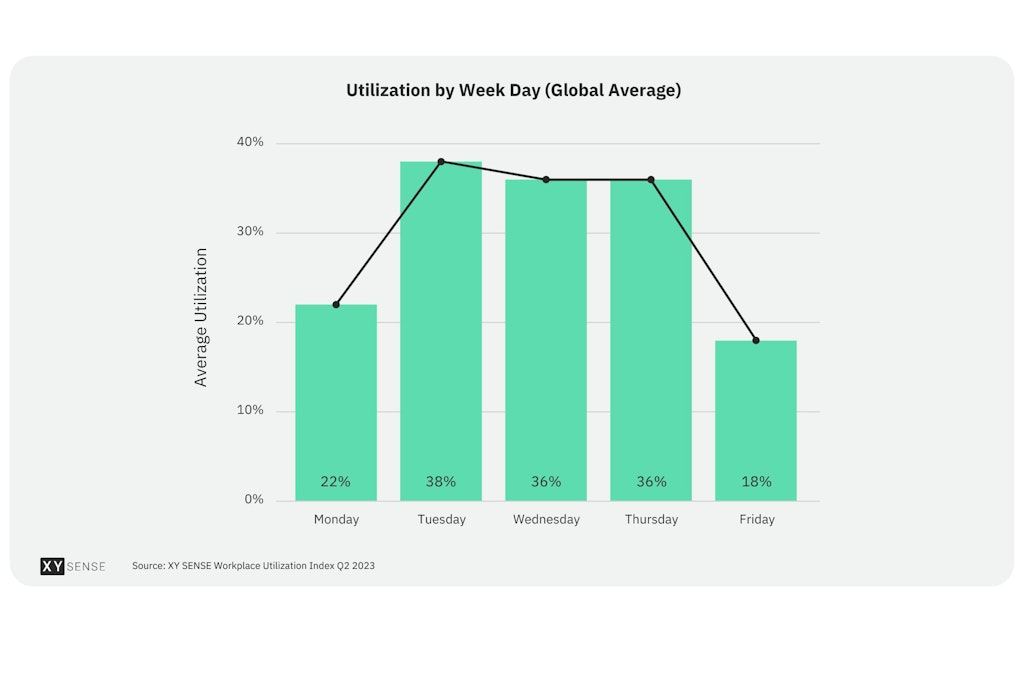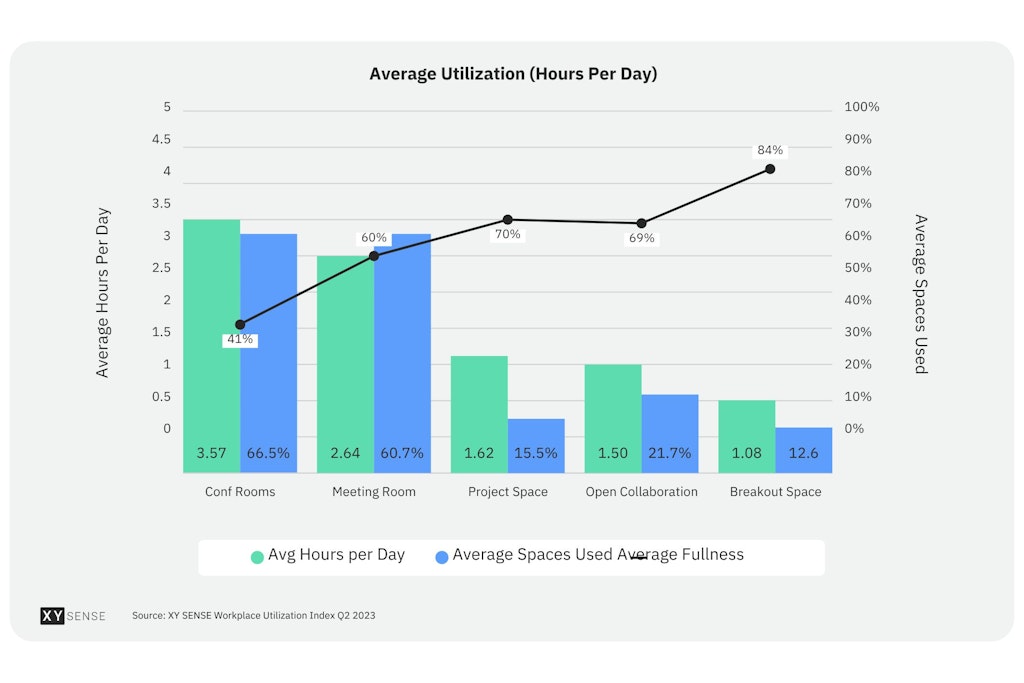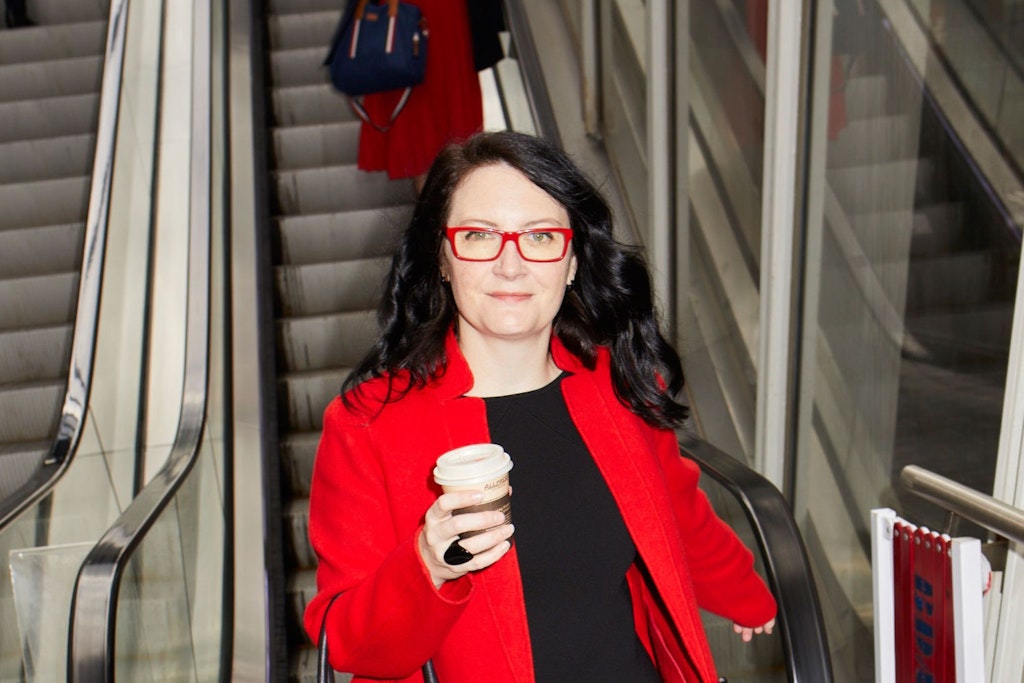If one in three desks are empty, are we using office spaces effectively?
Last updated on 4 September 2023

How much quieter is your office space compared to pre-pandemic levels? If yours is anything like the average Australian office, chances are one in three desks are sitting empty throughout the week.
Our reliance on a physical office has seriously dwindled because of the pandemic’s influence on rostering and work-from-home freedoms. Fewer businesses are enforcing in-office mandates as research from Australian workplace sensor provider XY Sense found that:
- Office utilisation has dropped from pre-pandemic levels of 65-70% to 27% in Australia
- 34% of individual desks/workstations were unoccupied between April-June 2023
- Just 15% of desks were used for more than five hours per day, 23% for between three to five hours and 28% for less than three hours
Of course, those statistics vary depending on the industry: healthcare and aged care settings certainly require staff to be present. But there are still plenty of head offices and office staff within the sector who may or may not be in the office every day of the week.
With that in mind, is your office space being used in the best way possible? What trends should you consider when designing or looking for a new office space? Let’s take a look at the facts.
Peak vs. non-peak days

It seems we all love the idea of a long weekend as most employees with flexible work options avoid the office the most on Monday and Friday.
- Tuesday is the most popular day to be in the office at 38% occupancy, ahead of Wednesday and Thursday (36% each)
- Midweek utilisation is a whopping 84% higher than Monday (22%) and Friday (18%) utilisation
- Mandates to bring staff into the office are the leading reason for Tuesday to Thursday being the busiest days
If there are notable trends for when staff are in the office, managers and team leaders should adapt. Maximise the potential for collaboration when staff are in the office by scheduling interactive brainstorming sessions. This way employees can feed off new ideas, in-person engagement and organic conversation. Save information-heavy meetings for days when employees are at home, especially when consistent participation isn’t required.
Collaboration is key

Collaborative workspaces are growing in popularity, although open-plan breakout rooms are less than ideal. Even larger conference rooms that are occupied for long periods are used irregularly, suggesting more innovative measures are required.
- Collaborative spaces are used for 2.2 hours per day on average, compared to individual desks/workstations for 2.1 hours
- Enclosed meeting rooms (used for 2.8 hours per day) are far more popular than open collaboration spaces (1.5 hours)
- On average, large conference rooms are used 67% of the time and for 3.6 hours per day, yet they are only 41% full
As the research indicates, employees want small private spaces for collaboration to avoid meeting in open planned areas. In theory, that’s a simple solution but many offices are designed with few small private rooms. It’s therefore up to businesses to alter the floorplan which is difficult when leasing.
One option is to install glass partitions that break up an open-plan office. It can reduce the noise and provide more privacy for individuals and teams when meetings are held or people are on video calls.
Another option is having flexible meeting rooms with sliding doors or panels so spaces can be divided when the whole room is not required. Even if three people use it for a meeting, other staff are not excluded because the space caters for multiple groups or individuals at once.
Designing for the future

Modern workplaces need to cater to hybrid workforces. Open-plan spaces have their perks when it comes to in-person collaboration, but they must also cater to video conferencing and private meetings. According to Domino Risch, Principal and Commercial & Workplace Sector Leader at HASSELL Architecture, there’s already more interest in private workspaces.
“New workplaces in a world of hybrid work will be made up of the same kit of parts – desks, rooms, breakout spaces – but the ratios between them are likely to become radically different,” he said.
“The new hybrid office isn’t a desk-less office but we will definitely see less open plan workstations and a shift towards zoned team settings which offer a richer variety of space types, seamless technology to enable hybrid meetings, and hospitality-led experiences which are designed to magnetically attract more people back to the office more often.”